Nar Phu Valley Trek
Nar Phu Valley Trek is a less-traveled trek in the Annapurna region of Nepal, offering a unique opportunity to explore remote villages, stunning landscapes, and traditional cultures. This trek takes you to the Nar and Phu valleys, which were only opened for tourists in 2003. The trek is challenging and requires good physical fitness and some prior trekking experience.
The Nar Phu Valley Trek itinerary starts from the city of Kathmandu, where you will take a scenic drive to Jagat, the starting point of the trek. From Jagat, you will trek to the village of Dharapani, where you will join the main Annapurna Circuit trail. The trek then heads towards the Nar and Phu valleys, passing through traditional villages and breathtaking landscapes. The trek will take you through the lush forests of pine, oak, and rhododendron, with views of the towering peaks of Annapurna, Gangapurna, and Tilicho Peak.
During the trek, you will visit the remote villages of Nar and Phu, where you can experience the unique local culture and way of life. The villagers of Nar and Phu still follow their traditional lifestyle and are known for their hospitality towards visitors. You will also pass through the ancient monasteries, chortens, and prayer flags, which reflect the strong Buddhist influence in the region.
The highlight of the Nar Phu Valley Trek is the challenging crossing of the Kang La Pass, which offers stunning views of the Annapurna massif, the Nar and Phu valleys, and the Tibetan plateau. The trek also takes you to the Tilicho Lake, one of the highest lakes in the world, situated at an altitude of 4,919 meters.
The Nar Phu Valley Trek is a fully supported trek, with experienced guides and porters to assist you throughout the journey. The trek package includes all necessary permits, meals, accommodations, and transportation. The trek also provides adequate acclimatization time, ensuring that you stay healthy and comfortable during the journey
Outline Itinerary:
Day 1: Arrival in Kathmandu
Day 2: Sightseeing tour of Kathmandu
Day 3: Drive from Kathmandu to Besisahar
Day 4: Trek from Besisahar to Bahundanda
Day 5: Trek from Bahundanda to Chamje
Day 6: Trek from Chamje to Dharapani
Day 7: Trek from Dharapani to Koto
Day 8: Trek from Koto to Meta
Day 9: Trek from Meta to Phu Gaon
Day 10: Rest day in Phu Gaon
Day 11: Trek from Phu Gaon to Nar Phedi
Day 12: Trek from Nar Phedi to Nar Village
Day 13: Explore Nar Village
Day 14: Trek from Nar Village to Kang La Phedi
Day 15: Trek from Kang La Phedi to Ngawal
Day 16: Trek from Ngawal to Manang
Day 17: Rest day in Manang
Day 18: Trek from Manang to Yak Kharka
Day 19: Trek from Yak Kharka to Thorong Phedi
Day 20: Trek from Thorong Phedi to Muktinath via Thorong La Pass
Day 21: Trek from Muktinath to Jomsom
Day 22: Flight from Jomsom to Pokhara
Day 23: Drive from Pokhara to Kathmandu
Day 24: Departure from Kathmandu.
Itenerary
-
Day 1: Kathmandu to Jagat
- Drive from Kathmandu to Jagat (approximately 8-10 hours).
- Overnight in Jagat.
-
Day 2: Jagat to Dharapani
- Trek from Jagat to Dharapani (approximately 6-7 hours).
- Overnight in Dharapani.
-
Day 3: Dharapani to Koto
- Trek from Dharapani to Koto (approximately 5-6 hours).
- Overnight in Koto.
-
Day 4: Koto to Meta
- Trek from Koto to Meta (approximately 7-8 hours).
- Overnight in Meta.
-
Day 5: Meta to Phu Village
- Trek from Meta to Phu Village (approximately 7-8 hours).
- Explore Phu Village.
- Overnight in Phu Village.
-
Day 6: Acclimatization day in Phu Village
- Rest day for acclimatization.
- Explore around Phu Village.
- Overnight in Phu Village.
-
Day 8: Nar Phedi to Nar Village
- Trek from Nar Phedi to Nar Village (approximately 3-4 hours).
- Explore Nar Village.
- Overnight in Nar Village.
-
Day 9: Nar Village to Ngawal
- Trek from Nar Village to Ngawal via Kang La Pass (approximately 7-8 hours).
- Overnight in Ngawal.
-
Day 10: Ngawal to Manang
- Trek from Ngawal to Manang (approximately 4-5 hours).
- Overnight in Manang.
Full Board
Cost Includes:
Cost Excludes:
BC Service
Cost Includes:
Cost Excludes:
Price per person
Usefull Information
Inclusions:
Airport pickups and drops in a private vehicle
Accommodation in Kathmandu and Pokhara with breakfast
All necessary permits (ACAP, Nar Phu Valley Special Permit, TIMS)
All meals during the trek (breakfast, lunch, and dinner)
Experienced English-speaking trekking guide and porters
Guide and porter fees, including their insurance, meals, and accommodation
Domestic flight from Jomsom to Pokhara
All necessary trekking equipment (sleeping bags, down jackets, etc.)
First aid kit
Farewell dinner in Kathmandu
Exclusions:
International airfare and travel insurance
Nepal entry visa fee
Lunch and dinner in Kathmandu and Pokhara
Extra nights’ accommodation in Kathmandu and Pokhara due to early arrival, late departure, early return from trekking, or any reason beyond the control of the trekking company
Personal expenses such as phone calls, laundry, and bar bills
Extra costs incurred due to natural calamities, political disturbances, and other unforeseen events beyond the control of the trekking company
Tips for the guide and porters (customary, but not compulsory)
FAQs
-
What is the Nar Phu Valley Trek?
The Nar Phu Valley Trek is a less-traveled trekking route in the Annapurna region of Nepal. It takes you to the remote and culturally rich Nar and Phu valleys, offering stunning views of the Himalayas and unique insights into traditional Tibetan culture.
-
How long does the Nar Phu Valley Trek take?
The duration of the Nar Phu Valley Trek typically ranges from 10 to 14 days, depending on the chosen itinerary and starting/ending point. It can be customized to fit your preferences and time constraints.
-
What is the best time to do the Nar Phu Valley Trek?
The best time to do the Nar Phu Valley Trek is during the spring (March to May) and autumn (September to November) seasons when the weather is generally stable, and the skies are clear. These months offer the best views of the surrounding mountains and comfortable trekking conditions.
-
Is the Nar Phu Valley Trek difficult?
The Nar Phu Valley Trek is considered moderately challenging. While it doesn’t involve technical climbing, there are steep ascents and descents, as well as high altitudes to contend with. Proper acclimatization and a reasonable level of fitness are recommended.
-
What is the altitude of Nar and Phu villages?
The Nar and Phu villages are situated at relatively high altitudes. Nar village is located at around 4,110 meters (13,484 feet) above sea level, while Phu village is at approximately 4,080 meters (13,386 feet) above sea level.
-
Are there tea houses or lodges along the trekking route?
Yes, there are basic tea houses and lodges available along the Nar Phu Valley Trek route. These provide accommodation and meals for trekkers, though facilities may be more limited compared to popular trekking routes.
-
Do I need a guide for the Nar Phu Valley Trek?
While it’s not mandatory to have a guide for the Nar Phu Valley Trek, hiring one is recommended, especially if you’re not familiar with the area or trekking in high altitudes. A guide can help navigate the trails, provide local insights, and ensure your safety.
-
What permits do I need for the Nar Phu Valley Trek?
Trekkers need to obtain a restricted area permit for the Nar and Phu valleys, in addition to the Annapurna Conservation Area Permit (ACAP). These permits can be obtained in Kathmandu or Pokhara before starting the trek.
-
Is altitude sickness a concern on the Nar Phu Valley Trek?
Yes, altitude sickness can be a concern, especially as you ascend to higher elevations. It’s important to acclimatize properly, stay hydrated, and listen to your body. If you experience symptoms of altitude sickness, descend to a lower altitude immediately and seek medical attention if necessary.
-
What should I pack for the Nar Phu Valley Trek?
Essential items to pack include sturdy hiking boots, warm clothing, a sleeping bag, sunscreen, a first aid kit, water purification tablets, and snacks. A detailed packing list should be prepared based on the season and specific requirements of your trek.
-
 Best Seasons spring
Best Seasons spring -
 Duration 20 days
Duration 20 days -
 Trek Difficulty Moderate
Trek Difficulty Moderate
Trip Fact
Quick Inquiry

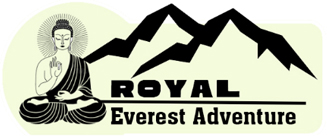
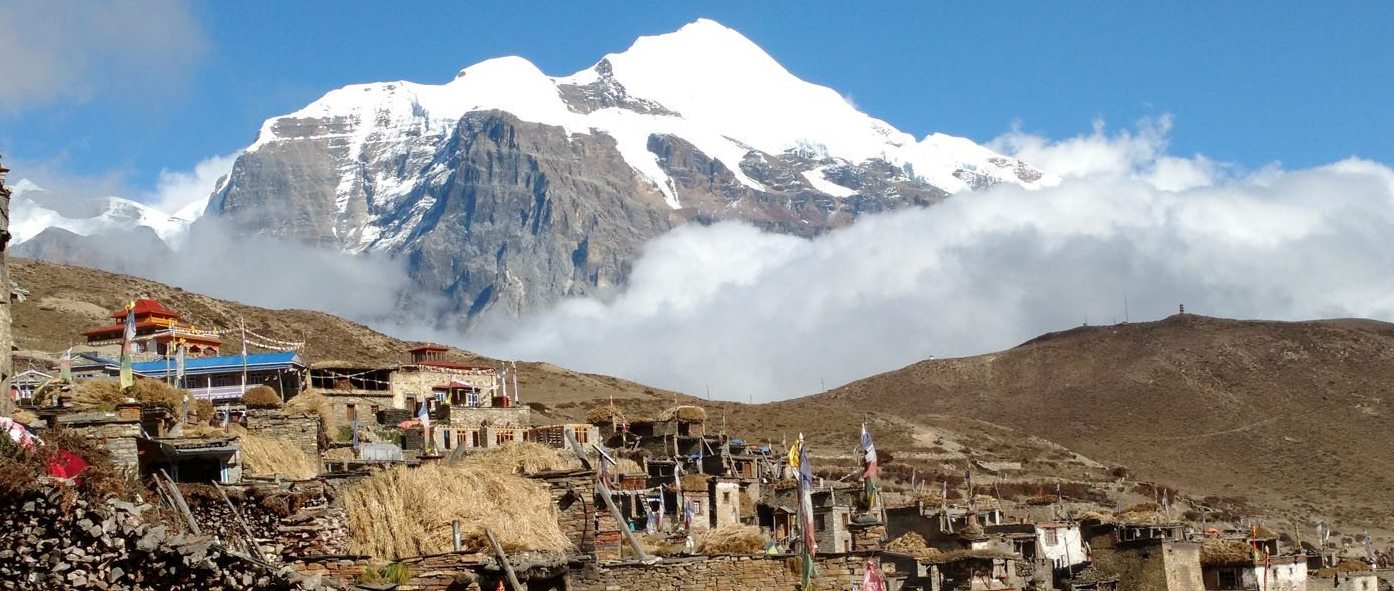

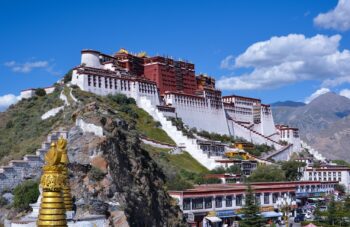
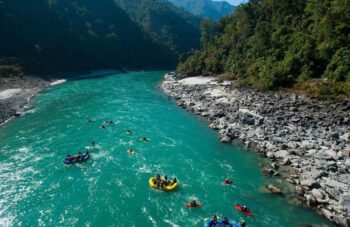
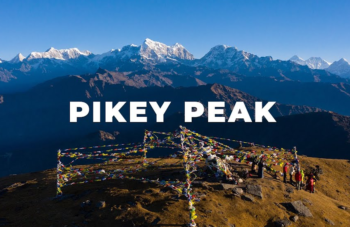
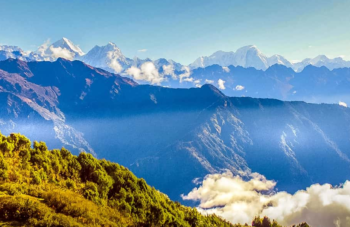
Leave a Reply